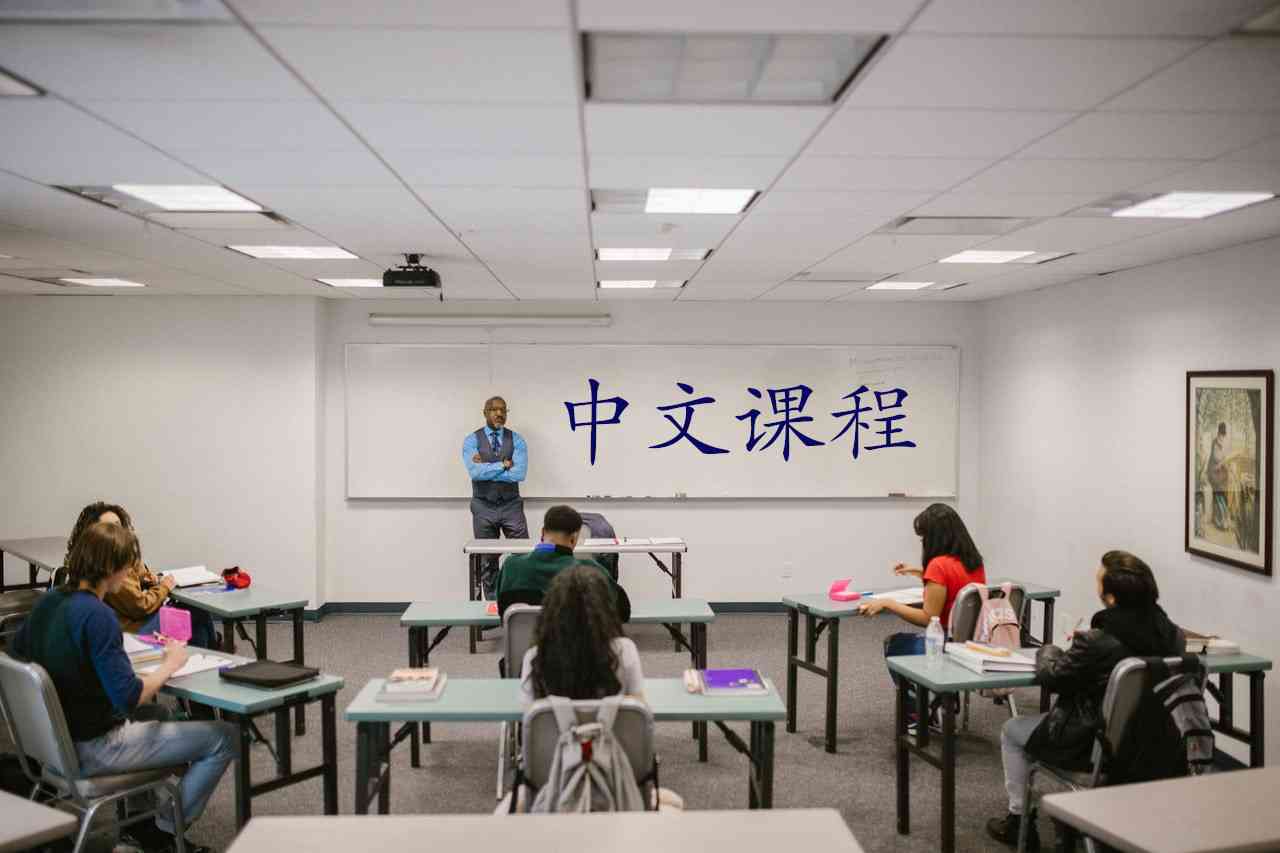
A Performance Improvement Plan (PIP) is a formal process used to address and improve an employee's performance when it falls below expectations.
Although it might seem like a negative tool, when used correctly, a PIP can be a constructive way to support and guide employees toward success.
This guide will provide managers with a comprehensive understanding of PIPs and how to implement them effectively.
Understanding a PIP
A PIP is a written document that outlines specific performance deficiencies, sets clear expectations for improvement, and establishes a timeline for achieving these goals. It is a structured approach that provides employees with the opportunity to address their performance issues with the support of their manager.
Key components of a PIP
Performance issues: The foundation of any PIP lies in the accurate identification and documentation of the employee's performance deficiencies. This requires a clear and specific description of the areas where the employee is not meeting expectations. For example, instead of stating "poor communication," specify whether it is verbal, written, or interpersonal communication that needs improvement. Provide concrete examples from past incidents or observations to substantiate the claims. Include dates, descriptions, and any relevant metrics or data to paint a clear picture of the performance gap. This documentation serves as a baseline for measuring future progress.
Goals and expectations: Setting clear, measurable, and achievable goals is crucial for the success of a PIP. The goals should be SMART - Specific, Measurable, Achievable, Relevant, and Time-bound. Instead of a vague goal like "improve customer service," define a specific goal such as "reduce customer complaint rate by 10% within three months." The goals should directly relate to the employee's job responsibilities and align with the company's overall performance expectations. This ensures that the improvement efforts contribute to both the employee's growth and the organization's success.
- Performance improvement plan
Keep Reading
Timeline: Establishing a realistic timeline is essential for motivating employees and tracking their progress. The timeline should be reasonable, considering the nature of the performance issues and the resources available. It should provide ample opportunity for the employee to acquire new skills, modify behaviors, or address any underlying challenges. Breaking down the timeline into smaller milestones can further help monitor progress and provide timely feedback. However, the timeline should not be open-ended; it needs a definitive end date to maintain accountability.
Resources and support: A successful PIP is not just about identifying shortcomings; it is also about equipping employees with the tools they need to improve. This involves identifying and providing necessary resources such as training programs, mentorship opportunities, additional supervision, or access to relevant tools or technologies. Managers should also offer regular support, guidance, and feedback to help employees stay on track and overcome obstacles. The type and extent of support should be tailored to the individual's needs and the specific performance issues addressed.
Consequences: While the primary aim of a PIP is to foster improvement, it is equally important to clearly outline the consequences of not meeting the defined goals within the specified timeline. This is not meant to be punitive but rather to establish a sense of accountability and urgency. Consequences could range from additional training and coaching to reassignment or, in extreme cases, termination of employment. Clearly stating these consequences at the outset ensures that the employee understands the seriousness of the situation and the importance of adhering to the PIP.
Let us now look at some additional tips for managers who may find themselves having to work on a performance improvement plan.
Focus on improvement: The primary objective of a PIP is to facilitate employee growth and development, not to penalize them. Managers should approach the process with a supportive and coaching mindset, emphasizing the opportunities for learning and improvement. For instance, instead of saying, "You failed to meet the sales target," rephrase it as "Let us explore strategies to enhance your sales approach and achieve the target in the next quarter.' This positive framing can motivate employees and encourage them to view the PIP as a collaborative effort.
Be supportive: Providing adequate resources and support is vital for employees to succeed in their PIP. This includes offering relevant training programs, pairing them with mentors, or providing access to tools and technologies that can aid their performance. For example, if an employee struggles with time management, providing them with time management training or software could significantly enhance their productivity. Regular check-ins, constructive feedback, and open communication channels can also foster a supportive environment where employees feel comfortable seeking help and guidance.
Communicate clearly: Transparent and direct communication is essential throughout the PIP process. Managers should clearly explain the performance concerns, the expectations for improvement, and the potential consequences. Using clear, concise language, avoiding jargon, and confirming understanding can prevent misunderstandings and ensure that both parties are on the same page. For instance, instead of saying, "We need you to step up your game," provide specific examples of desired behaviors or outcomes.
Document everything: Maintaining meticulous records of all interactions, feedback sessions, progress updates, and any relevant communication related to the PIP is crucial. This documentation serves as a reference point for both the manager and the employee, providing evidence of the efforts made, progress achieved, and any challenges encountered. Detailed notes from meetings, emails exchanged, and performance reviews can also protect both parties in case of disputes or misunderstandings.
Follow through: While the focus is on improvement, it is equally important to follow through with the consequences outlined in the PIP if the employee fails to meet the defined goals. This reinforces the seriousness of the performance expectations and maintains fairness within the organization. For example, if the PIP stipulates additional training as a consequence of not meeting a certain milestone, ensure that the training is promptly arranged and completed. Consistency in enforcing consequences establishes a culture of accountability and demonstrates that the PIP is a formal and structured process.
Conclusion
A well-structured Performance Improvement Plan (PIP) is a valuable tool for managers to address and rectify performance deficiencies in their employees. It is a collaborative process that, when implemented with empathy, clear communication, and a focus on development, can foster a positive work environment and enhance individual performance.
By diligently following the key components of a PIP, managers can clearly define performance expectations, set measurable goals, and provide the necessary resources and support to help employees succeed.
Regular monitoring, open communication, and constructive feedback are crucial for tracking progress and making necessary adjustments along the way.
Remember, the ultimate goal of a PIP is to empower employees to reach their full potential, contributing to both their personal growth and the overall success of the organisation.
- Nguwi is an occupational psychologist, data scientist, speaker and managing consultant at Industrial Psychology Consultants (Pvt) Ltd, a management and human resources consulting firm. — https://www.thehumancapitalhub.com or e-mail: mnguwi@ipcconsultants.com.










